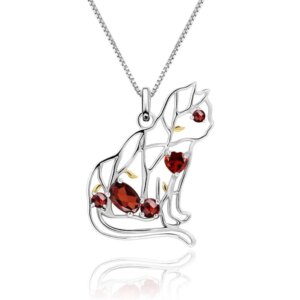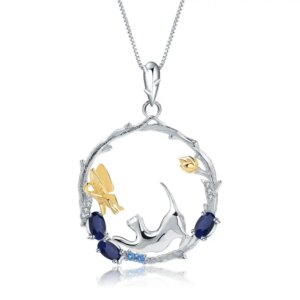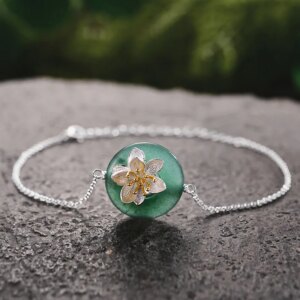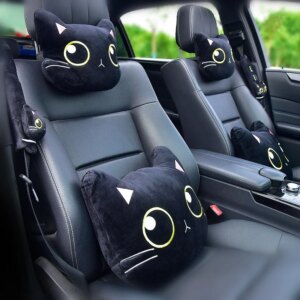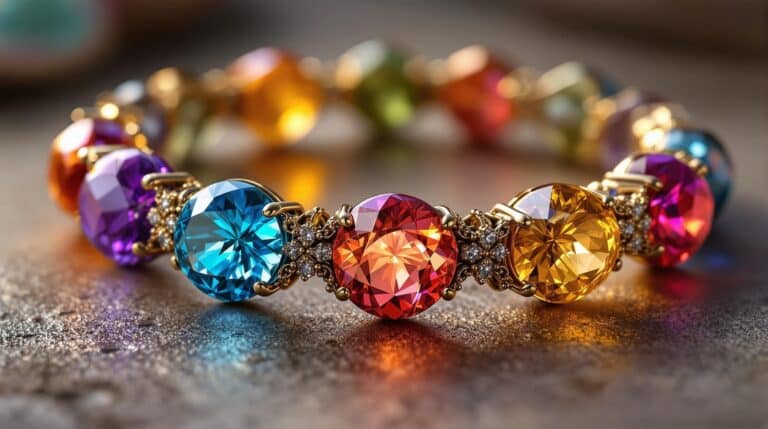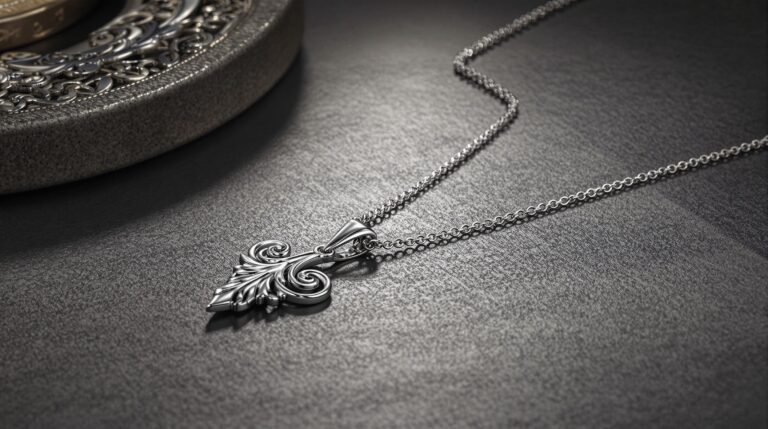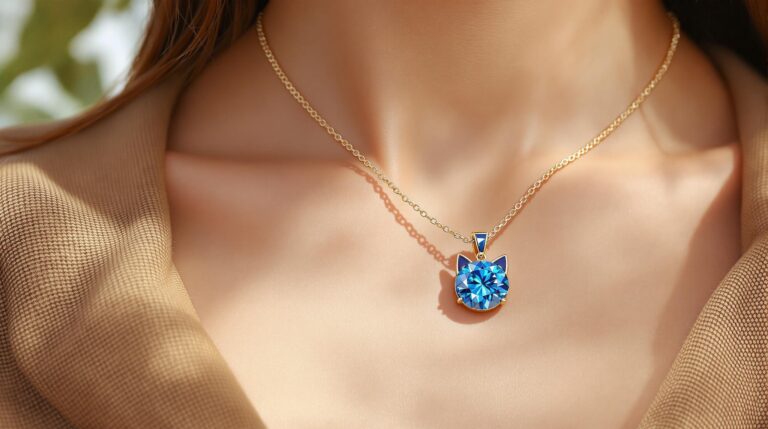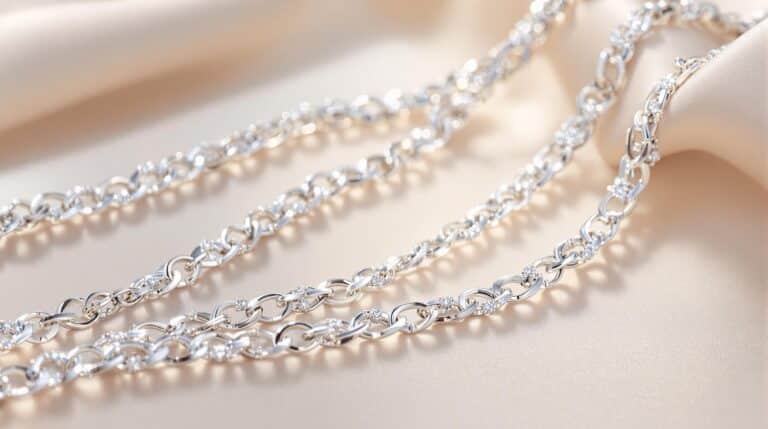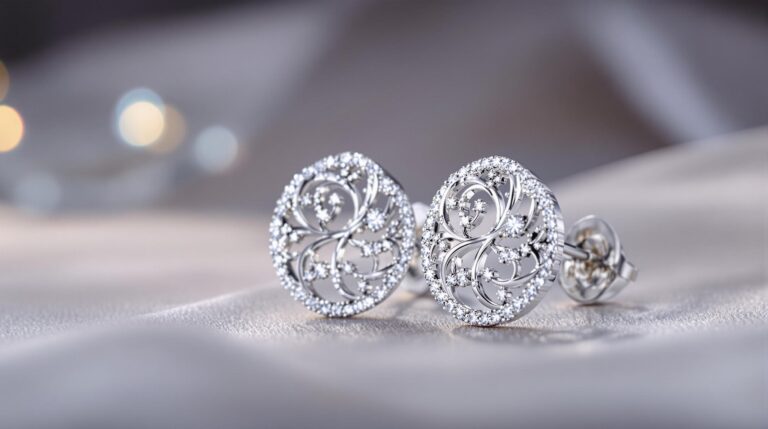Cats Domesticated Themselves, at Cat Karma Creations, we are inspired by the intriguing story of how cats domesticated themselves, a process that has shaped their relationship with humans over thousands of years. This article will explore the history, theories, and cultural significance of Cats Domesticated Themselves, providing insights into why cats are such beloved companions today. By the end, you’ll have a deeper understanding of the unique bond between humans and cats and the benefits of having a feline friend. If you’re a cat lover, be sure to explore our cat-themed jewelry and gifts to celebrate this special bond.
The History of Cats Domesticated Themselves
Ancient Civilizations and Cats
The history of cat domestication is a rich tapestry of ancient civilizations and their interactions with these fascinating creatures. One of the earliest and most significant examples is ancient Egypt, where cats were revered and considered sacred. Archaeological evidence suggests that cats were domesticated in Egypt around 4000-2000 BCE. They played a crucial role in protecting granaries from rodents, making them valuable household pets. Mummified cats, cat statues, and hieroglyphs are all testaments to the high status cats held in Egyptian society. Just like the ancient Egyptians, we at Cat Karma Creations appreciate the grace and mystery of cats, and we offer unique silver cat earrings to honor this connection.
The Role of Cats in Early Agriculture
Cats played a vital role in early agriculture, particularly in controlling rodent populations. In regions like Mesopotamia, where agriculture was one of the earliest human practices, cats were valued for their ability to keep granaries free from rodents. This practical benefit likely contributed to the gradual process of cats becoming domesticated. Clay figurines and wall paintings from this period provide evidence of the close relationship between humans and cats. At Cat Karma Creations, we draw inspiration from these historical connections and offer beautiful handmade sterling silver cat pendants to celebrate the enduring bond between humans and cats.
Cultural Significance of Cats
The cultural significance of cats varies widely across different civilizations. In Europe, during the Middle Ages, cats were seen as both helpful and mystical. They hunted rodents, provided companionship, and were sometimes associated with witchcraft. Medieval manuscripts and paintings often depict cats in various roles, reflecting their dual nature. In Asia, cats were respected and often depicted in art. They protected granaries and were household pets, as seen in ancient Chinese and Japanese art and pottery. These cultural depictions highlight the enduring importance of cats in human societies. At Cat Karma Creations, we celebrate this cultural significance with our elegant cat brooches, perfect for cat lovers who appreciate the artistry and history of these magnificent creatures.
Theories of Cat Domestication
Self-Domestication Theory
One of the most intriguing theories about cat domestication is the self-domestication theory. This theory suggests that cats chose to live with humans for mutual benefits, rather than being actively domesticated by humans. Unlike dogs, which were selectively bred by humans for specific tasks, cats likely saw the advantage of living near human settlements where food was abundant. This natural evolution of the human-cat relationship has led to the domestic cats we know today. At Cat Karma Creations, we believe in the power of mutual benefits and offer lovely peridot crystal cat necklaces to symbolize the harmonious bond between humans and cats.
Human Intervention Theory
Another theory is the human intervention theory, which posits that humans played a more active role in the domestication of cats. This theory suggests that humans began to keep cats as pets and selectively bred them for desirable traits such as friendliness and adaptability. While this theory is less supported by recent research, it still offers a valuable perspective on the complex process of domestication. At Cat Karma Creations, we appreciate the unique traits that make cats such wonderful companions and offer enchanting cat and butterfly gemstone necklaces to celebrate their beauty and adaptability.
Genetic and Behavioral Changes
Recent research has shed light on the genetic and behavioral changes that occurred during cat domestication. Genetic studies have revealed that cats underwent significant changes, including the development of friendly traits and adaptability. These changes allowed cats to thrive in human environments and form strong bonds with their human companions. Behavioral studies also show that domestic cats have a unique ability to communicate with humans, further strengthening the human-cat bond. At Cat Karma Creations, we are inspired by these changes and offer stylish cat lover necklaces to celebrate the special bond between humans and cats.
Cats in Different Cultures
Cats in Ancient Egypt
In ancient Egypt, cats were revered and considered sacred. They were protected by law, and harming a cat was a serious offense. Cats played a crucial role in protecting granaries from rodents and were household pets. Mummified cats, cat statues, and hieroglyphs are all testaments to the high status cats held in Egyptian society. Today, cats are still popular pets and symbols of grace and mystery, reflecting their enduring cultural significance. At Cat Karma Creations, we offer a range of cat-themed jewelry to celebrate the timeless appeal of cats.
Cats in Mesopotamia
In Mesopotamia, cats were valued for their practical uses. They controlled pests and were kept as pets, as evidenced by clay figurines and wall paintings. The domestication of cats in this region dates back to around 8000-4000 BCE, making it one of the earliest known regions where cats began to live with humans. Modern cat breeds like the Turkish Angora have roots in this region, highlighting the long history of cat domestication in Mesopotamia. At Cat Karma Creations, we draw inspiration from this rich history and offer paw print charm bracelets to celebrate the enduring bond between humans and cats.
Cats in Europe
During the Middle Ages in Europe, cats were seen as both helpful and mystical. They hunted rodents, provided companionship, and were sometimes associated with witchcraft. Medieval manuscripts and paintings often depict cats in various roles, reflecting their dual nature. Today, cats are widely kept as pets and are featured in art and literature, continuing their cultural significance in European societies. At Cat Karma Creations, we appreciate the diverse roles cats have played throughout history and offer exquisite silver cat earrings to celebrate their unique place in our lives.
Cats in Asia
In Asia, cats were respected and often depicted in art. They protected granaries and were household pets, as seen in ancient Chinese and Japanese art and pottery. Modern cat breeds like the Siamese and Japanese Bobtail are popular and reflect the diverse history of cat domestication in Asia. The cultural significance of cats in Asia continues to this day, with cats being celebrated in various forms of art and literature. At Cat Karma Creations, we are inspired by the rich cultural heritage of cats and offer mystic topaz cat sets to celebrate their beauty and history.
Cats in North America
In North America, cats were introduced by European settlers. They controlled pests and provided companionship, as evidenced by early American paintings and literature. The domestication of cats in North America dates back to the 1500-1800 CE period, and today, cats are popular pets and are featured in modern media and culture. The role of cats in North American society reflects their adaptability and the strong bond they share with humans. At Cat Karma Creations, we celebrate the adaptability and companionship of cats with our wrap around cat rings.
Modern Cat Breeds and Domestication
Diverse Breeds and Their Origins
The domestication of cats has led to a diverse range of breeds, each with its own unique characteristics and origins. Modern cat breeds like the Siamese, Turkish Angora, and Japanese Bobtail reflect the rich history of cat domestication in different regions. These breeds are not only beautiful but also carry the genetic legacy of their ancestors, making them a living testament to the long journey of cat domestication. At Cat Karma Creations, we offer a variety of cat-themed jewelry to celebrate the beauty and diversity of these breeds.
Traits Developed During Domestication
During the process of domestication, cats developed several traits that made them well-suited to living with humans. These traits include friendliness, adaptability, and the ability to communicate with humans. Genetic studies have shown that these traits are the result of natural selection and selective breeding. The development of these traits has allowed cats to form strong bonds with their human companions, making them some of the most beloved pets in the world. At Cat Karma Creations, we are inspired by these traits and offer meditation cushions with cat designs to help you relax and connect with your feline friend.
Modern Influence of Cat Domestication
The influence of cat domestication on modern society is profound. Cats are now widely kept as pets and are featured in various forms of media, from books and movies to social media and advertising. The bond between humans and cats continues to strengthen, with many people considering their cats to be family members. The unique history of cat domestication has shaped the way we view and interact with these fascinating creatures, making them an integral part of our lives. At Cat Karma Creations, we are committed to celebrating this bond with our cat pose yoga blocks and other cat-themed gifts.
Popular Quote
“A cat has absolute emotional honesty: human beings, for one reason or another, may hide their feelings, but a cat does not.”
— Ernest Hemingway
Statistical Fact
According to the American Pet Products Association, there are approximately 94.2 million pet cats in the United States. This statistic underscores the popularity and importance of cats as pets in modern society. (Source: American Pet Products Association, 2021)
Three Tips for Cat Lovers
- Provide a Safe Environment: Ensure your home is cat-friendly by removing toxic plants and securing loose wires. This helps create a safe and comfortable space for your feline friend.
- Regular Vet Check-ups: Regular veterinary visits are essential for maintaining your cat’s health. Early detection of health issues can significantly improve their quality of life.
- Interactive Play: Engage your cat in interactive play to keep them mentally and physically stimulated. This not only strengthens your bond but also helps prevent behavioral issues.
Popular Questions
Why do cats purr?
Cats purr for a variety of reasons, including contentment, relaxation, and self-soothing. Purring can also be a sign of comfort and can help cats heal from injuries.
How can I tell if my cat is happy?
Happy cats often exhibit behaviors such as purring, kneading, and rubbing against you. They may also have a relaxed body posture and a wagging tail.
What are the best toys for cats?
The best toys for cats are those that stimulate their natural hunting instincts, such as feather wands, laser pointers, and puzzle toys. These toys keep cats mentally and physically engaged.
Final Thoughts About Cats Domesticated Themselves
The journey of how cats domesticated themselves is a testament to their adaptability and the mutual benefits they bring to human lives. From ancient civilizations to modern households, cats have played a significant role in our history. Whether you’re a cat lover or simply curious about the natural world, understanding the domestication of cats can deepen your appreciation for these fascinating creatures. Explore Cat Karma Creations for unique cat-themed jewelry and gifts that celebrate the bond between humans and cats. If you have any questions or would like to place a custom order, feel free to contact us or call us at (800) 343-1604. You can also follow us on Facebook, Instagram, Pinterest, and Twitter for more updates and inspiration.
| Concept | Cultural Significance | Role in Society | Domestication Timeline | Key Artifacts | Modern Influence |
|---|---|---|---|---|---|
| Ancient Egypt | Cats were revered and considered sacred. | Protected granaries from rodents and were household pets. | 4000-2000 BCE | Mummified cats, cat statues, hieroglyphs. | Cats are still popular pets and symbols of grace and mystery. |
| Mesopotamia | Cats were valued for their practical uses. | Controlled pests and were kept as pets. | 8000-4000 BCE | Clay figurines, wall paintings. | Modern cat breeds like the Turkish Angora have roots in this region. |
| Europe | Cats were seen as both helpful and mystical. | Hunted rodents, provided companionship, and were sometimes associated with witchcraft. | 500-1500 CE | Medieval manuscripts, paintings. | Cats are widely kept as pets and are featured in art and literature. |
| Asia | Cats were respected and often depicted in art. | Protected granaries and were household pets. | 1000-500 BCE | Ancient Chinese and Japanese art, pottery. | Modern cat breeds like the Siamese and Japanese Bobtail are popular. |
| North America | Cats were introduced by European settlers. | Controlled pests and provided companionship. | 1500-1800 CE | Early American paintings, literature. | Cats are popular pets and are featured in modern media and culture. |
- Cats have a long history of living with humans, dating back thousands of years.
- The self-domestication theory suggests that cats chose to live with humans for mutual benefits.
- Cats played a crucial role in early agriculture by controlling rodent populations.
- Different cultures have unique perspectives on cats, from sacred animals in ancient Egypt to household pets in modern times.
- Genetic studies have revealed the changes that occurred during cat domestication, including the development of friendly traits.
- Modern cat breeds reflect the diverse history of cat domestication, with each breed having its own unique characteristics and origins.


